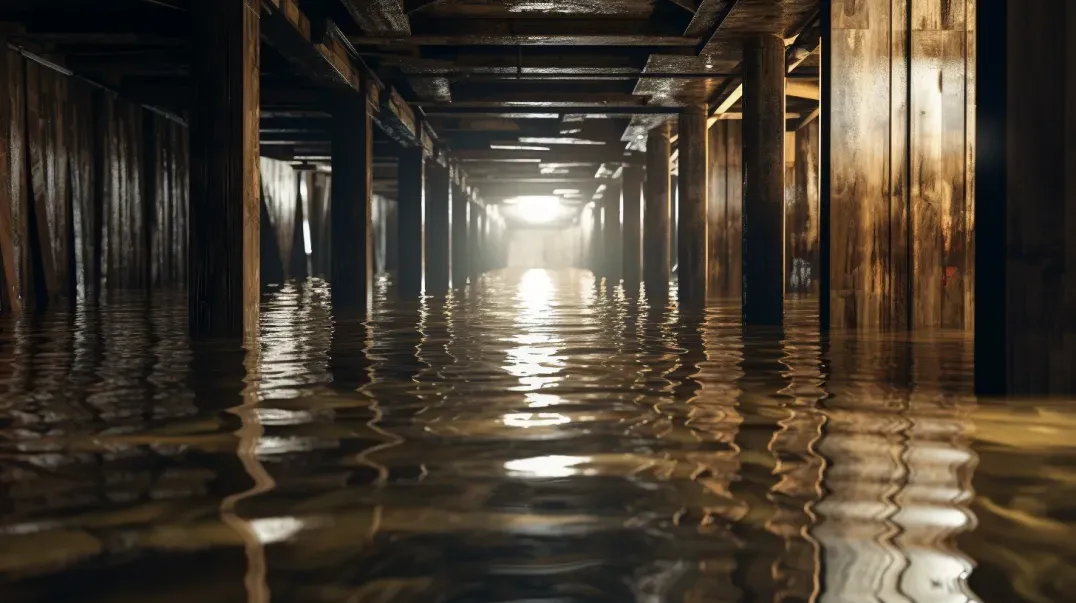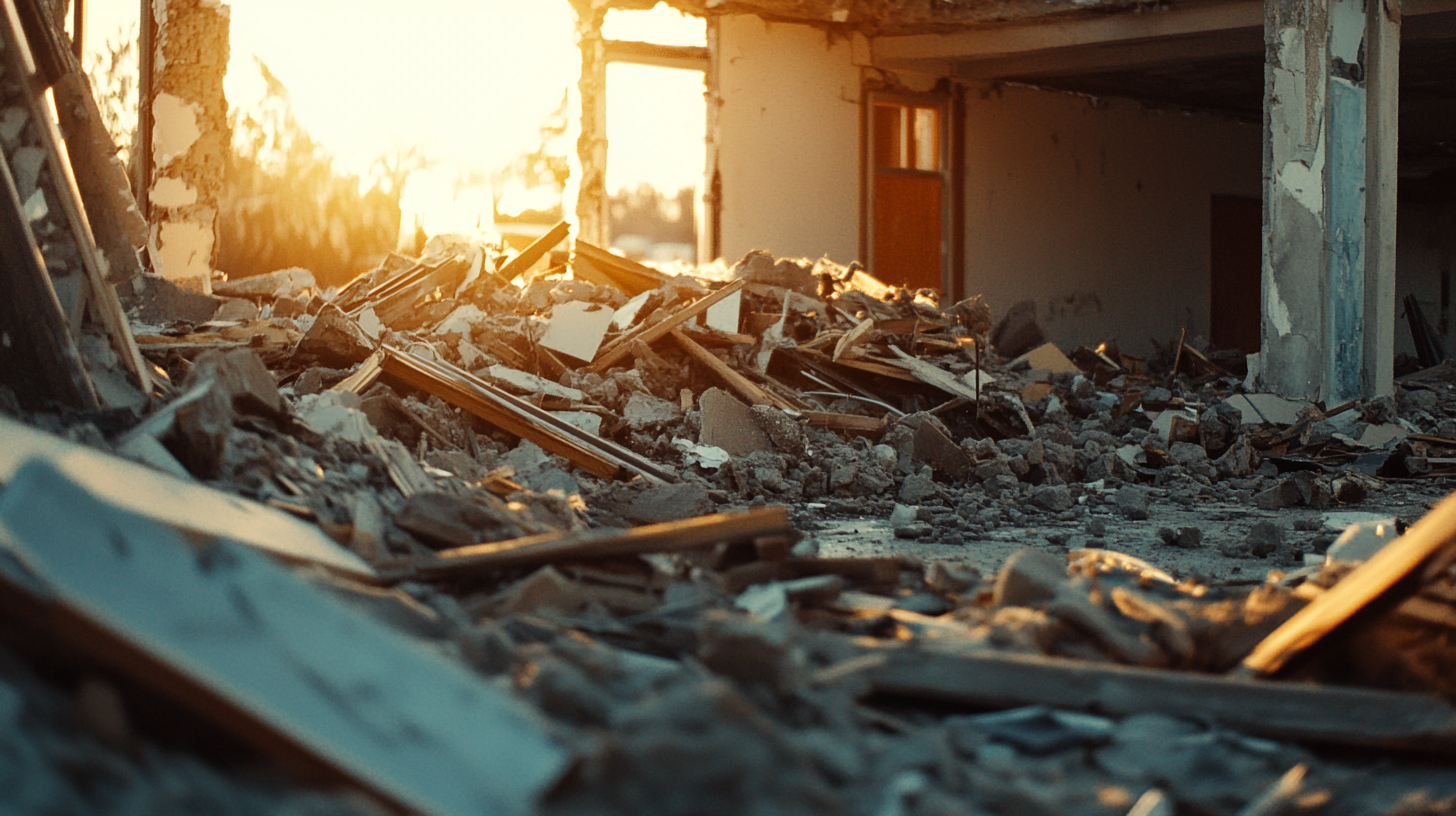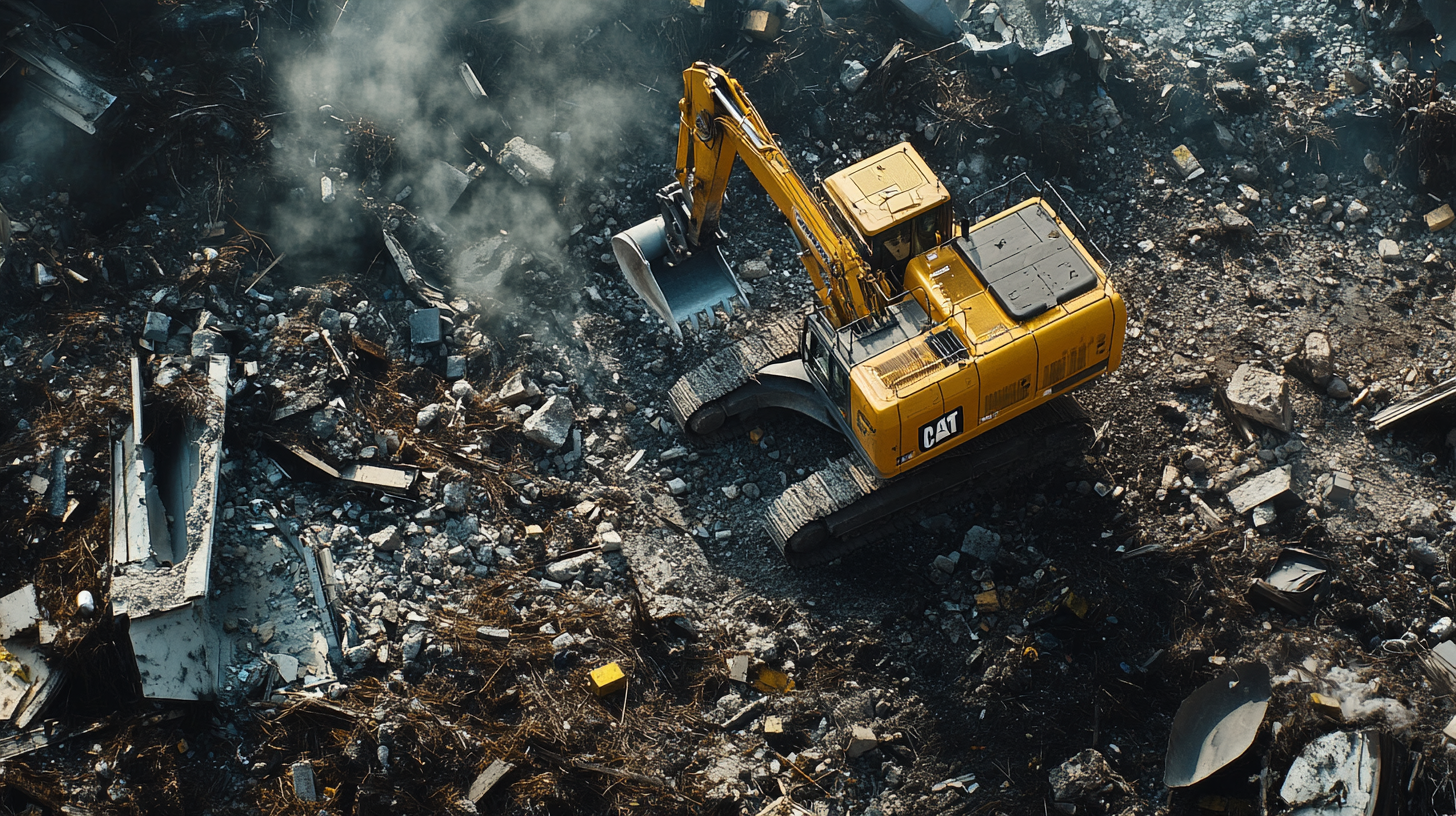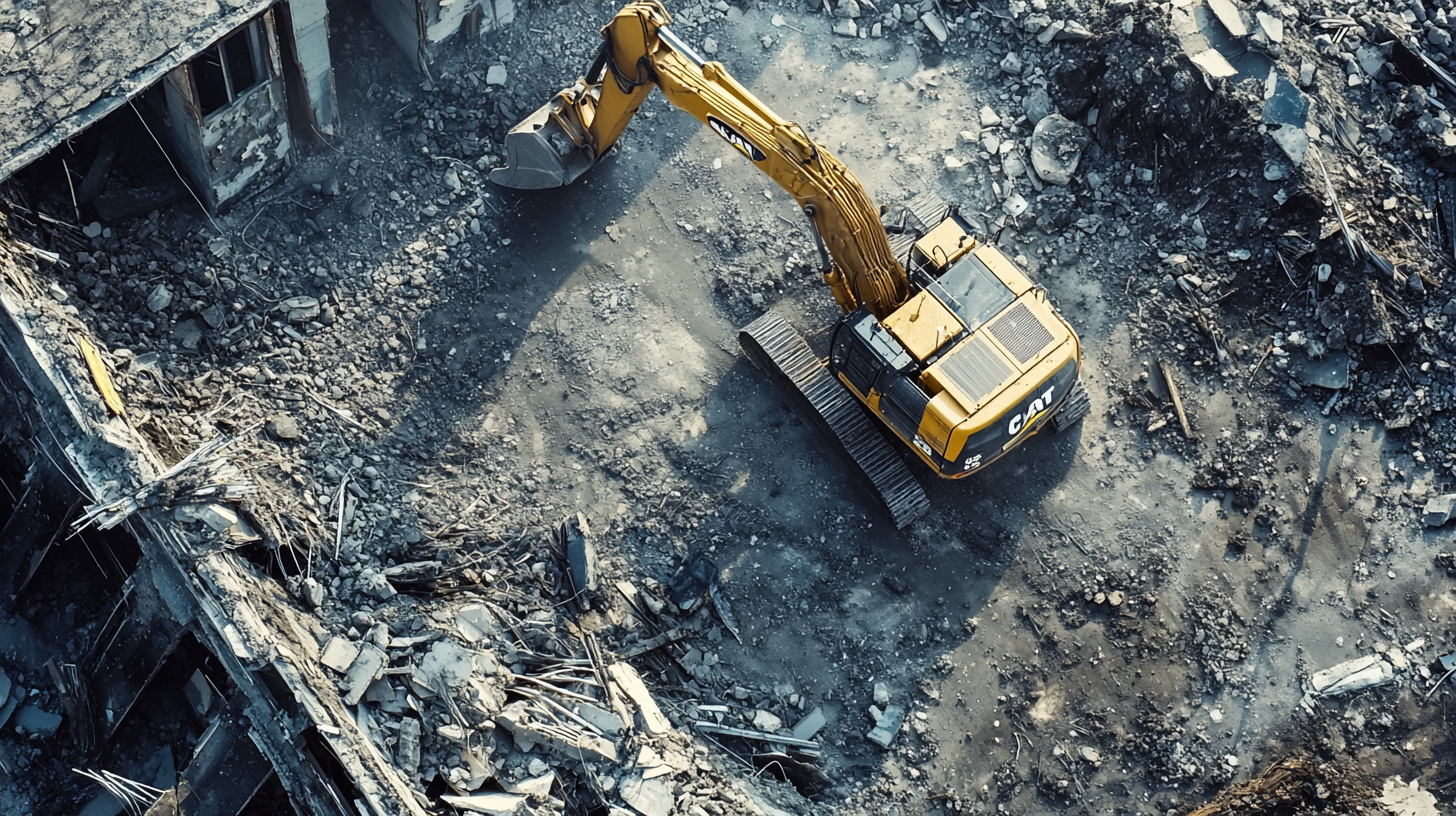
Moisture barriers are essential components in construction and various other industries, designed to prevent the passage of water and moisture into unwanted areas. These barriers play a critical role in maintaining the integrity and longevity of buildings and products by protecting against moisture-related damage. Typically made from materials such as polyethylene, rubber, or specially treated fabrics, moisture barriers are strategically placed in walls, floors, and roofs to block the infiltration of water vapor and liquid moisture. By doing so, they help to avoid issues like mold growth, structural weakening, and insulation degradation, ensuring that the environments remain dry and safe. In essence, moisture barriers are a key preventative measure in preserving the functionality and durability of structures and materials in moisture-prone environments.
Understanding Moisture Barriers
Definition and Types
Definition of Moisture Barriers
Moisture barriers are materials designed to prevent the penetration and migration of moisture into structures. They are critical in protecting buildings from water damage, mold growth, and other moisture-related issues. These barriers ensure that structures maintain their integrity, insulation efficiency, and overall durability by keeping moisture at bay.
Types of Moisture Barriers
- Sheet Membranes: These are large sheets of waterproof material that are installed across surfaces to create a continuous barrier against moisture. Common materials include polyethylene, PVC, and rubber.
- Liquid-Applied Membranes: These membranes are applied as a liquid coating that dries to form a seamless, flexible, and fully adhered waterproof layer. They are ideal for irregularly shaped areas and complex details.
- Self-Adhering Membranes: These are sticky-backed membranes that can be directly applied to surfaces without additional adhesives. They provide a quick and easy installation process and are commonly used in roofing and foundation applications.
- Other Types: Various other moisture barriers include spray foam insulation, cementitious coatings, and vapor barriers specifically designed for different environmental and structural needs.
Functionality and Benefits
How Moisture Barriers Work
Moisture barriers function by creating a physical separation between the moisture-prone environment and the protected area. They block the passage of liquid water and water vapor, ensuring that moisture does not infiltrate into the building materials or living spaces. This is achieved through the material properties of the barriers, which are impermeable to water and vapor, ensuring an effective and long-lasting moisture defense.
Benefits of Using Moisture Barriers in Construction
- Prevention of Water Damage: By blocking moisture entry, these barriers prevent water damage to structural elements, thereby extending the life of the building.
- Mold and Mildew Control: Moisture barriers reduce the risk of mold and mildew growth, which can pose health risks and degrade building materials.
- Energy Efficiency: Properly installed moisture barriers help maintain insulation effectiveness, contributing to better energy efficiency and reduced heating and cooling costs.
- Structural Integrity: By preventing moisture-related deterioration, moisture barriers help maintain the structural integrity and strength of buildings, reducing the need for costly repairs and maintenance.
- Enhanced Comfort: Moisture barriers contribute to a more comfortable living environment by controlling humidity levels and preventing dampness.
Understanding the different types and benefits of moisture barriers is crucial for anyone involved in construction or building maintenance. Proper selection and installation of these barriers ensure long-lasting protection and performance of buildings.
Key Principles for Successful Moisture Barrier
Installations
Site Preparation
Importance of Proper Site Preparation
Proper site preparation is a crucial first step in the installation of moisture barriers. Ensuring the site is adequately prepared not only facilitates a smooth installation process but also enhances the effectiveness and longevity of the moisture barrier. Without proper preparation, moisture barriers can be compromised, leading to potential failures and costly repairs.
Steps to Ensure the Site is Ready for Moisture Barrier Installation
- Clean the Surface: Remove all dirt, dust, and debris from the surface where the moisture barrier will be applied. This ensures a strong adhesion between the barrier and the substrate.
- Repair Surface Imperfections: Fill in any cracks, holes, or uneven areas. A smooth, uniform surface is essential for the barrier to function correctly.
- Dry the Area: Ensure the surface is completely dry before installation. Moisture present during installation can lead to poor adhesion and potential failure of the barrier.
- Apply a Primer: Depending on the type of moisture barrier, applying a primer can enhance adhesion and performance. Follow the manufacturer’s recommendations for the best results.
Selection of Appropriate Materials
Criteria for Choosing the Right Moisture Barrier Materials
Selecting the appropriate materials for moisture barriers depends on several factors, including the specific environmental conditions, the type of construction, and the desired longevity of the barrier. Key criteria include:
- Material Compatibility: Ensure the moisture barrier material is compatible with the substrate and other building materials used in the construction.
- Durability and Flexibility: The material should be durable enough to withstand environmental conditions and flexible enough to accommodate structural movements.
- Moisture Resistance: High resistance to both liquid water and water vapor is essential for effective moisture protection.
- Ease of Application: Consider materials that are easy to apply and do not require specialized equipment or extensive labor.
Examples of Commonly Used Materials and Their Applications
- Sheet Membranes: Made from polyethylene, PVC, or rubber, these are used in foundations, walls, and roofs to provide a continuous barrier.
- Liquid-Applied Membranes: These are versatile and ideal for complex shapes and penetrations, commonly used in roofing and balconies.
- Self-Adhering Membranes: Often used in roofing and foundation applications for their ease of installation and strong adhesion properties.
Proper Installation Techniques
Overview of Installation Techniques
Proper installation techniques are vital for the effectiveness of moisture barriers. The general steps include:
- Follow Manufacturer Guidelines: Always adhere to the manufacturer’s instructions for application and curing times.
- Ensure Continuous Coverage: Overlap seams and edges adequately to create a continuous barrier.
- Seal Penetrations: Carefully seal around pipes, vents, and other penetrations to prevent leaks.
- Regular Inspections: Conduct regular inspections during and after installation to ensure there are no gaps or defects in the barrier.
Common Mistakes to Avoid During Installation
- Inadequate Surface Preparation: Skipping steps in surface preparation can lead to poor adhesion and barrier failure.
- Incorrect Material Selection: Using the wrong type of moisture barrier for the specific application can compromise its effectiveness.
- Improper Sealing of Seams and Edges: Failing to properly overlap and seal seams can create weak points in the barrier.
- Neglecting Manufacturer Instructions: Not following the manufacturer’s guidelines can result in improper installation and reduced performance.
By adhering to these key principles, the installation of moisture barriers can be executed successfully, ensuring long-term protection against moisture-related issues.
Case Studies: Successful Moisture Barrier Installations
Case Study 1: Commercial Building in a Humid Climate
Project Overview
This case study examines a commercial building located in a humid climate, which presents unique challenges for moisture control. The building, situated in a coastal city with high humidity levels, faced significant issues related to moisture intrusion, including mold growth and structural degradation.
Specific Challenges Faced Due to Humidity
The primary challenges included preventing moisture ingress through the building envelope and managing internal humidity levels to protect the integrity of the structure and maintain indoor air quality.
Solution Implemented
Type of Moisture Barrier Used
A high-performance sheet membrane was selected for its robust moisture resistance and durability. This type of barrier was ideal for the extensive surface areas of the commercial building.
Installation Process and Techniques
The installation involved:
- Thorough site preparation, including cleaning and drying surfaces.
- Application of a primer to enhance adhesion.
- Installation of the sheet membrane with careful overlapping of seams and sealing of penetrations.
- Regular inspections to ensure continuous coverage and adherence to installation standards.
Outcome
Post-Installation Performance
The moisture barrier significantly improved the building's resistance to moisture ingress. Regular monitoring showed a marked decrease in humidity-related issues.
Benefits Observed
The building experienced reduced maintenance costs and a longer lifespan due to the prevention of moisture damage. Additionally, indoor air quality improved, creating a healthier environment for occupants.
Case Study 2: Residential Home in a Coastal Area
Project Overview
This case study focuses on a residential home located in a coastal area, known for its high salt content and frequent exposure to sea spray. The coastal environment presented challenges in preventing corrosion and moisture penetration.
Unique Challenges Presented by Coastal Environment
Challenges included protecting the home from salt-induced corrosion and managing high humidity levels that could lead to mold growth and material degradation.
Solution Implemented
Choice of Moisture Barrier Material
A liquid-applied membrane was chosen for its flexibility and ability to form a seamless barrier. This material is particularly effective in coastal environments due to its strong adhesion properties and resistance to saltwater.
Steps Taken to Ensure Effective Installation
- Detailed surface preparation to remove any contaminants.
- Application of the liquid membrane in multiple coats to ensure uniform coverage.
- Special attention to areas prone to water ingress, such as joints and corners.
Outcome
Improvements in Home Durability and Comfort
The installation of the moisture barrier resulted in enhanced durability of the home, protecting it from saltwater damage and reducing maintenance needs.
Long-Term Performance and Homeowner Feedback
Homeowners reported improved comfort levels due to better humidity control and a significant reduction in mold-related issues. Long-term monitoring indicated that the moisture barrier continued to perform effectively, maintaining the home's integrity.
Case Study 3: Industrial Facility in a Cold Climate
Project Overview
This case study explores an industrial facility located in a cold climate, where freezing temperatures and condensation posed significant challenges for moisture management.
Challenges Related to Cold Weather Conditions
Key challenges included preventing condensation on cold surfaces and protecting the building from ice and snow infiltration, which could lead to structural damage and operational inefficiencies.
Solution Implemented
Type of Moisture Barrier Selected
A self-adhering membrane was chosen for its ease of installation in cold conditions and its excellent moisture resistance. This type of barrier is well-suited to withstand the harsh environmental conditions typical of cold climates.
Installation Strategy to Address Cold Weather
- Ensuring that the installation surface was completely dry and free of ice.
- Using supplemental heat sources to maintain the temperature of the membrane and the substrate during application.
- Overlapping seams adequately and sealing all edges to prevent moisture ingress.
Outcome
Enhanced Thermal Performance and Moisture Control
The moisture barrier improved the facility's thermal performance by preventing condensation and maintaining insulation efficiency. This resulted in lower heating costs and better protection against freeze-thaw cycles.
Positive Impact on Operational Efficiency and Maintenance
The installation of the moisture barrier led to reduced maintenance costs and fewer moisture-related disruptions, enhancing overall operational efficiency. The facility experienced fewer structural issues related to moisture, contributing to a more stable and efficient operation.
Lessons Learned from Case Studies
Common Success Factors
Effective Site Preparation
One of the critical success factors in moisture barrier installations is thorough site preparation. Proper site preparation ensures that the surface is clean, dry, and free of contaminants, which is essential for achieving strong adhesion and effective moisture resistance. Steps such as cleaning the surface, repairing any imperfections, and applying a primer when necessary are fundamental to the success of the installation.
Choosing the Right Materials
Selecting the appropriate materials for the specific environmental conditions and application is another key factor. The choice of materials should consider the compatibility with the building substrates, the durability required, and the specific challenges posed by the environment, such as humidity, salt exposure, or extreme temperatures. Commonly used materials include sheet membranes, liquid-applied membranes, and self-adhering membranes, each chosen for their specific advantages in different situations.
Skilled Installation Teams
The expertise and experience of the installation team play a significant role in the success of moisture barrier projects. Skilled installers are more likely to follow best practices, adhere to manufacturer guidelines, and effectively address any challenges that arise during installation. Ensuring that the installation team is well-trained and knowledgeable about the materials and techniques used is crucial for a successful outcome.
Challenges and Solutions
Common Challenges Encountered
- Environmental Conditions: Extreme weather conditions, such as high humidity, coastal environments, or cold climates, present significant challenges. These conditions can affect the performance of moisture barriers and complicate the installation process.
- Surface Imperfections: Uneven or damaged surfaces can impede proper adhesion and compromise the effectiveness of the moisture barrier.
- Complex Building Designs: Irregular shapes, penetrations, and complex architectural details can make it difficult to achieve a continuous and effective moisture barrier.
Innovative Solutions Applied in Different Case Studies
- Environmental Conditions: In humid climates, high-performance sheet membranes with robust moisture resistance were used. For coastal areas, liquid-applied membranes provided a seamless barrier resistant to saltwater. In cold climates, self-adhering membranes were selected for their ease of installation and performance in low temperatures.
- Surface Imperfections: Detailed site preparation, including cleaning, drying, and repairing surfaces, ensured that the moisture barriers could adhere properly and perform effectively. Applying primers also enhanced adhesion and barrier performance.
- Complex Building Designs: Liquid-applied membranes were particularly effective in buildings with complex shapes and numerous penetrations, as they could form a seamless barrier that conformed to the structure. Careful attention to detail during installation, such as properly sealing around penetrations and overlapping seams, ensured the barrier's integrity.
These lessons highlight the importance of addressing site-specific challenges through appropriate material selection, meticulous site preparation, and the use of skilled installation teams. By learning from these case studies, future projects can benefit from the proven strategies and innovative solutions that have led to successful moisture barrier installations.
Key Principles for Successful Moisture Barrier Installations
Site Preparation
Importance of Proper Site Assessment and Preparation
Proper site assessment and preparation are fundamental steps for a successful moisture barrier installation. These steps ensure that the substrate is ready to accept the barrier, which is crucial for achieving optimal performance and durability. Neglecting this phase can lead to adhesion problems and reduced effectiveness of the moisture barrier, ultimately compromising the integrity of the building.
Steps for Site Preparation
- Cleaning and Leveling Surfaces: The surface must be thoroughly cleaned to remove dirt, dust, grease, and any loose particles. This ensures strong adhesion of the moisture barrier. Leveling the surface is equally important to avoid air gaps and ensure a continuous barrier.
- Addressing Pre-Existing Moisture Issues: Before installation, it is essential to address any existing moisture problems. This can include drying out wet areas, repairing leaks, and ensuring that the substrate is completely dry. Failure to do so can trap moisture within the structure, leading to mold growth and other issues.
Selection of Appropriate Materials
Criteria for Selecting the Right Moisture Barrier Materials
Choosing the right materials for moisture barriers involves considering several key factors:
- Climate Considerations: The local climate plays a significant role in material selection. For instance, areas with high humidity or frequent rainfall require highly moisture-resistant barriers, whereas colder climates might need materials that can handle freeze-thaw cycles.
- Building Type and Usage: The intended use of the building and its structural characteristics also dictate the choice of materials. For example, residential buildings might use different materials compared to commercial or industrial facilities due to differences in usage patterns and environmental exposure.
- Manufacturer Recommendations: Adhering to manufacturer guidelines and recommendations ensures that the materials perform as expected. These guidelines often include specific details on compatibility with other building materials and environmental conditions.
Examples of Commonly Used Materials and Their Best Applications
- Sheet Membranes: Best used in large, flat areas like foundations and walls where a continuous barrier is needed. They offer robust protection against moisture ingress.
- Liquid-Applied Membranes: Ideal for irregularly shaped areas and complex details. They form a seamless barrier that conforms to the shape of the substrate.
- Self-Adhering Membranes: Suitable for applications where quick installation is needed, such as roofing and foundation walls. They provide excellent adhesion without the need for additional adhesives.
Proper Installation Techniques
Overview of Installation Techniques
- Correct Application Methods: Following the correct application methods as per the manufacturer’s instructions is crucial. This includes proper surface preparation, applying primers if necessary, and ensuring the correct thickness of the barrier.
- Importance of Following Manufacturer Guidelines: Manufacturer guidelines are designed to ensure optimal performance. These include specific details about temperature ranges for application, curing times, and recommended overlaps for sheet membranes.
- Quality Control During Installation: Regular inspections during installation help to identify and correct issues early. This includes checking for continuous coverage, proper adhesion, and effective sealing of seams and penetrations.
Common Mistakes to Avoid
- Insufficient Surface Preparation: Failing to properly clean and dry the surface can lead to poor adhesion and compromised barrier performance.
- Improper Sealing: Not adequately sealing seams and penetrations can create weak points where moisture can enter, defeating the purpose of the barrier.
- Ignoring Environmental Factors: Environmental conditions such as temperature and humidity during installation can affect the performance of moisture barriers. It is important to adhere to recommended installation conditions to ensure effectiveness.
By adhering to these key principles—thorough site preparation, careful selection of appropriate materials, and proper installation techniques—successful moisture barrier installations can be achieved, ensuring long-term protection and durability of buildings.
FAQs
Contact Bull City Crawlspace Today!
Bull City Crawlspace will do everything we can to ensure your experience with us is excellent.
Request A FREE Estimate
Request a Free Estimate Form
Checkout Recent Post




Got a Question? We’re Here to Help.
You can arrange an appointment or make an enquiry by phone or email, orget in touch to us via our contact form.

